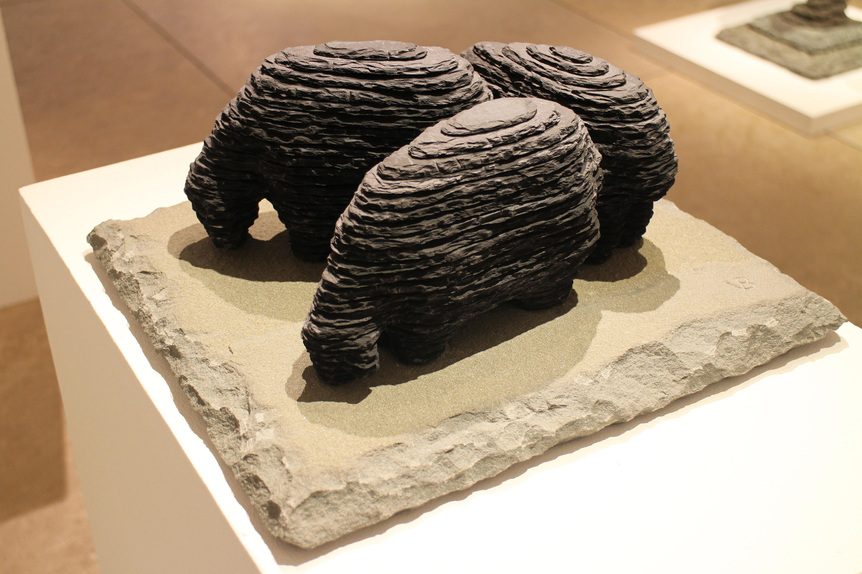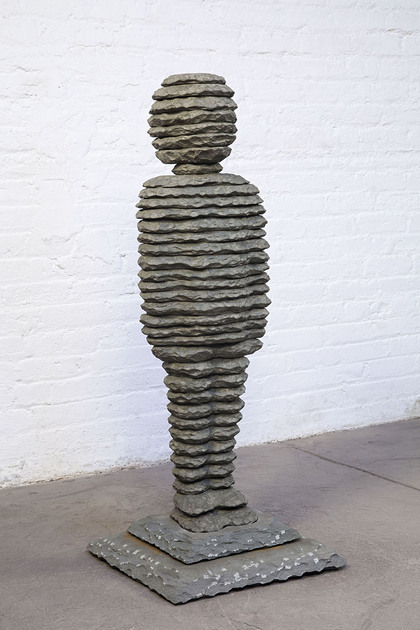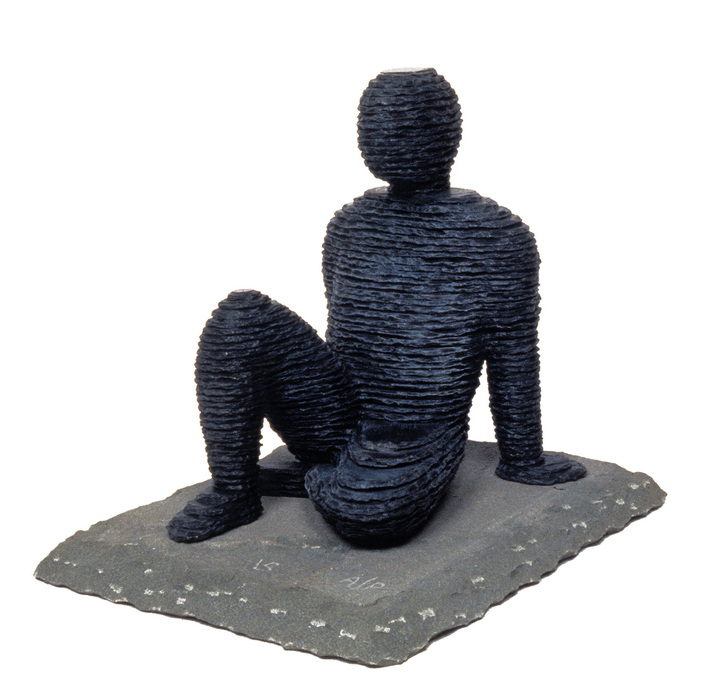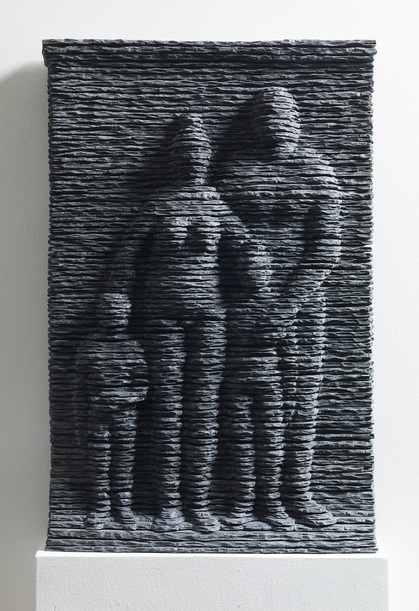-
From Current Issue
-
- Editor’s Letter Fire in the Heart
- Reviews I Gusti Ayu Kadek Murniasih
- Reviews 11th Seoul Mediacity Biennale: “One Escape at a Time”
- Dispatch Networked China
- One on One Monira Al Qadiri on Yukio Mishima
- Essays The rise of independent art spaces in pandemic-era Shanghai
- Features Tuan Andrew Nguyen
- Table of Contents
- Web Exclusives
- Archive
- Subscribe

R
E
V N
E
X
T
Installation view of “Boaz Vaadia | 1951–2017” at Connaught Brown, London, 2018. Courtesy Connaught Brown.
Born into a family of strawberry farmers in Gat Rimon, Israel, in 1951, Boaz Vaadia developed a rapport with nature from an early age. When he moved to what was then the decaying urban sprawl of New York in 1975, he initially considered it “the worst mistake of [his] life.” Nonetheless, regret soon gave way to inspiration, with the young artist coming to consider the city as natural a place as his home village, and exploiting the resources it offered in his practice. A major turning point came when he noticed that authorities were tearing up the old bluestone pavement in SoHo, and he managed to cart large amounts of it back to his loft to work with. The sedimentary rock was stubborn, breaking according to the layers in which it had originally formed rather than permitting solid forms to emerge. Once again, however, inspiration emerged from impediment, and Vaadia began working on the layered stone sculptures for which he became internationally known, and which he was creating right up until his death from pancreatic cancer in 2017.
The intimate exhibition of Vaadia’s creations at London’s Connaught Brown gallery, with which he had been collaborating for a decade prior to his death, contained some strong examples from a practice that has changed relatively little since the 1980s, but failed for the most part to show off the late sculptor’s ability to express both feeling and formal finesse from a relatively limited creative process. A work such as Tirza (2013), for instance, which consists of a figure standing up straight with arms to the sides, shows the limitations of portraying the human form with a sculptural process that demands a certain verticality and attention to the distribution of weight—limitations that Vaadia apparently wished to replicate even when not strictly necessary, as this work is in fact an amalgam of blue stone and bronze. This said, the oversized head of the sculpture lends it a childlike quality, and thus a degree of personality.
The lack of precision that the artist’s chosen process implies can, especially when portraying non-human figures, give his works a totemic quality, revealing his interest in nature and at their best evoking nature itself. His 3 Grazing Sheep (2014), clustered with fat bodies and lowered heads, insinuate the land from which they feed and from which they have grown plump, and in Yoav With Dog (1989) and Baraq With Cat (2007), animals bring the otherwise stoic and perhaps overly stiff human forms down to earth. Another work, Grazing Horse (2014), however, strays too far from the underlying physicality of its subject, and does not manage to evoke the essence of the animal as do stronger examples by Vaadia—not exhibited here—such as Horse (Relief) (2015).
This criticism is given weight by the fact that, elsewhere, the artist has achieved an impressive degree of subtlety in his depictions, refining techniques that are capable of nuanced expression in spite of the chunkiness engendered by his creative process. The complex pose of Zidqiyya (1993)—in which a seated figure leans back on two arms while tucking one leg beneath the other—is an impressive example of how far Vaadia was able to push his chosen medium. Likewise, Yoel (2014) depicts a similar pose only with legs bent in front, and with its slimmer and more nuanced limbs achieves an expressiveness sometimes lacking elsewhere.
Examples in the exhibition of pieces intended to convey emotion were inconsistent. Family I (2017), where a couple are seated with their child standing before the mother, had an air of disconnectedness, perhaps arising from the father’s closed legs and crossed arms. Another family scene, Family (Relief) (2014), has the parents’ arms positioned toward the children in such a way as a to create a more intimate, moving composition. In one of the show’s most affecting pieces, Ma’azeya (2012), it is the kneeling figure’s slightly forward-tilted head that reveals Vaadia’s capacity to derive figurative complexity from a consciously unsophisticated aesthetic—a capacity that was disappointingly not as evident here as it could have been.
Ned Carter Miles is the London desk editor of ArtAsiaPacific.
“Boaz Vaadia | 1951–2017” is on view at Connaught Brown gallery, London, until February 24, 2018.
To read more of ArtAsiaPacific’s articles, visit our Digital Library.







